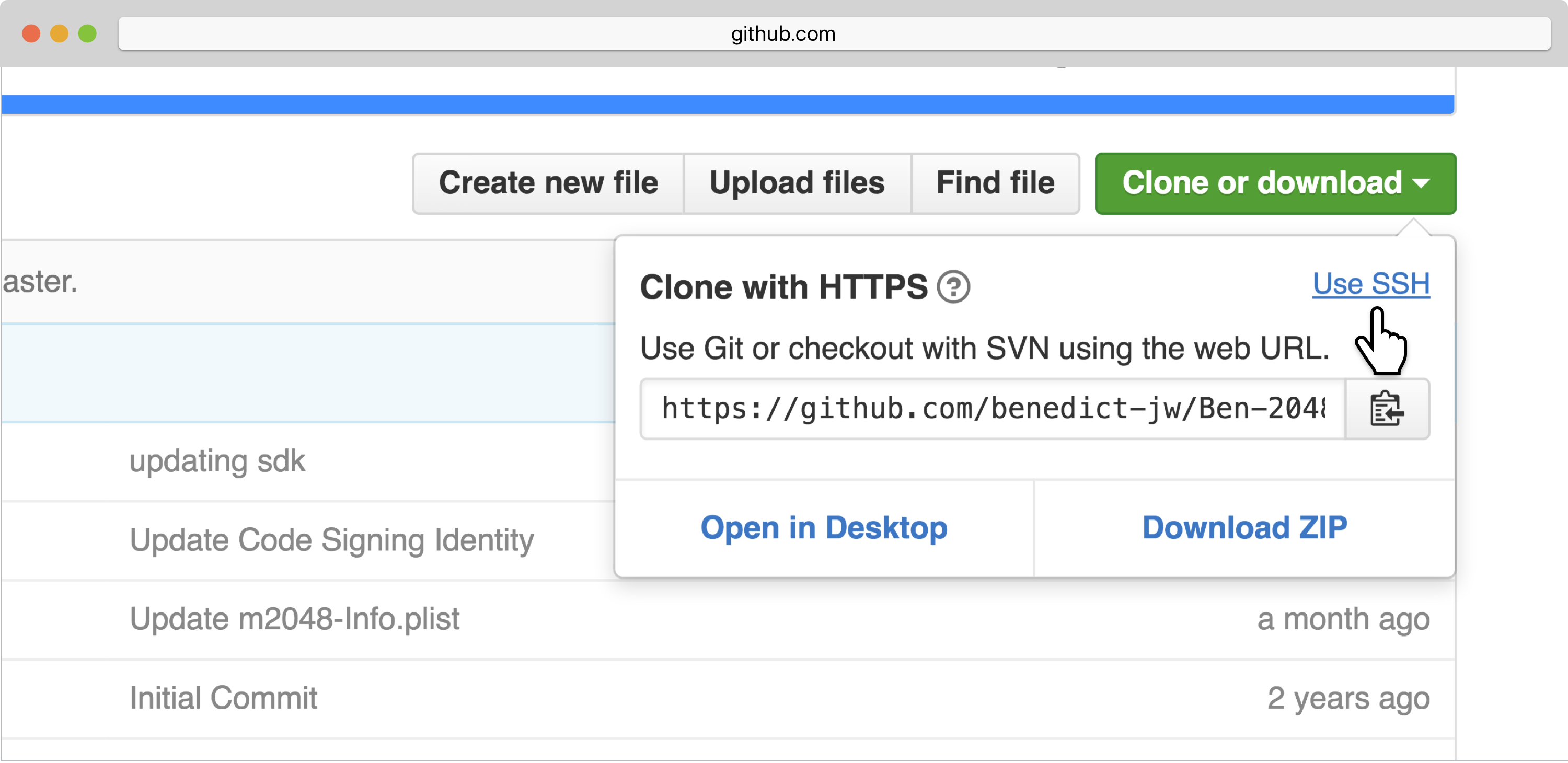If you are familiar with how to create local repositories, you have the ability to create a logged history of your project.
What's great about git and open source is that lots of people are doing the
exact same thing all around the world all the time.
In this lesson we'll learn how to acquire others' repositories. In a subsequent lesson we'll cover how to push our locally-created repositories onto the internet. Let's learn to acquire others' code!
- Define remote
- Use
git cloneto copy a repository to your local machine - Use
git remoteto list remotes - Use
git forkvia GitHub to duplicate other organization's repositories into your own
To work with or collaborate on any git project, you need to be able to manage
your remote repositories. Remote repositories are versions of a repository
that are hosted online, typically, on GitHub.
We use git clone to copy someone else's remote copy of their local repository
to our machine.
-
Navigate to the https://github.com/facebook/react repository
-
Click the "Clone or Download" green button on the right.
-
Make sure you select
Use SSHas your URL type. -
Click the "Copy to clipboard" button (highlighted below). This will copy the URL for us to use when we clone.
-
In the terminal (accessed through the 'Sandbox' or Learn IDE), we need to run the
git clonecommand. It takes the URL we just copied as an argument, like so:git clone your-copied-github-url
This will create a local copy of our forked GitHub repository.
If you use the ls command, you'll see git created a directory called
react. Use cd to enter that directory.
cd reactType git remote to see each remote available.
If you've cloned your repository, you should at least see origin. The remote
called origin is the default name git gives to the remote you cloned from:
$ git remote
originForking a GitHub repository is just a way to create a personal, online duplicate of it. When you fork a lab, GitHub creates a duplicate from the source organization's online version of the repository to your local duplicate of the repo.
It's like saying "Hey, can I have the Louvre's version of The Mona Lisa?" The
Louve would say no. If you were to create an exact online duplicate by
forking it from louvre/mona_lisa to your-name/mona_lisa the Louvre would
be cut out of the, pardon the pun, picture. You could then copy your
organization's version to your local machine with git clone.
Forking is a very common workflow for working with teams or working with or contributing to open sourced content in the GitHub community. You can fork any repository by clicking the "Fork" button at the top right of any GitHub repository.
Let's try a fork and clone workflow.
Click the GitHub icon at the top of this page:
This will bring you to the "learn-co-students" version of this lesson. Click
the 'Fork' button in the upper right corner of the page. You will be prompted
to choose where the repository should be forked to, so go ahead and choose your
account. GitHub will take a few moments to create the fork, then navigate to
your copy of the repository. If all has gone well, you will see your username
at the top of the page, followed by a / and the name of the repository, along
with a link just below to the original repository.
More on forking in the GitHub docs.
The important take away is to not misuse "fork" and "clone" when speaking
with other git users. To get a local copy: clone; to make an online copy
of a repository to your personal organization so that you have the ability to
update its master branch, fork.
GitHub gives developers many ways to collaborate. Using git fork and git clone in conjunction allow you to make local copies of others' code. As you
saw with cloning React, this is something you can do on any public GitHub
repository. So if you've found a GitHub repository that you'd love to build
off of or modify for your own use, you can use this process to make your own
copy. Often, the original authors will include license information regarding
how you can use their repository, so make sure to check before you publish,
sell or distribute any material you've forked, cloned and modified.
View Forks and Clones on Learn.co and start learning to code for free.
View Git Forks and Clones on Learn.co and start learning to code for free.




